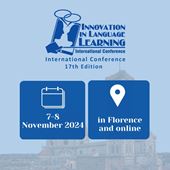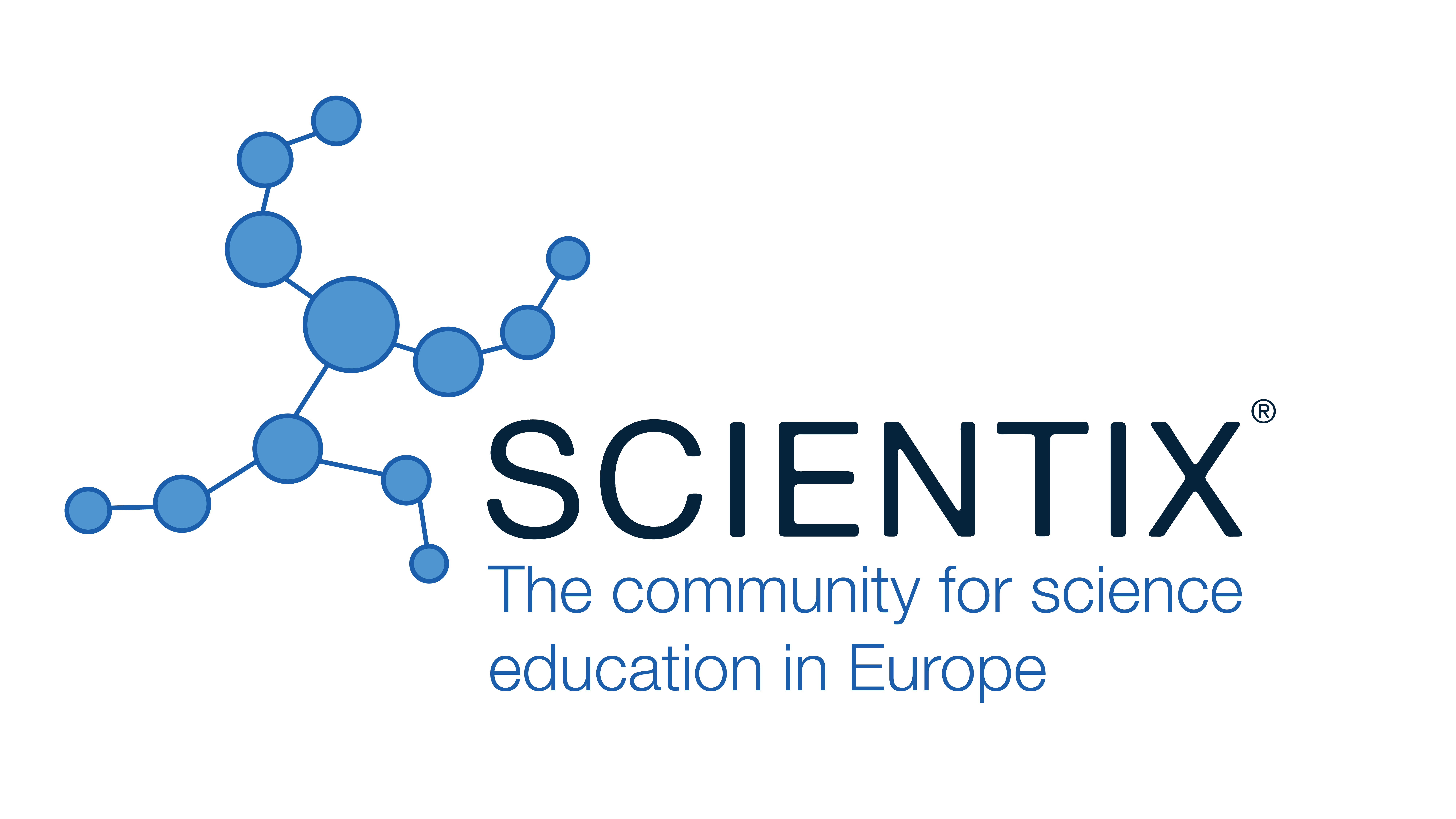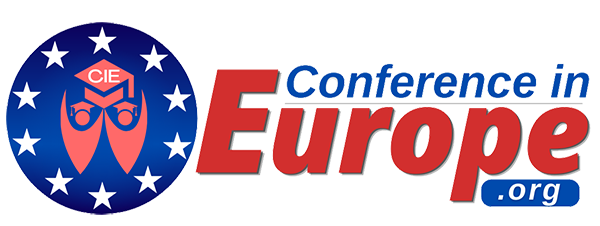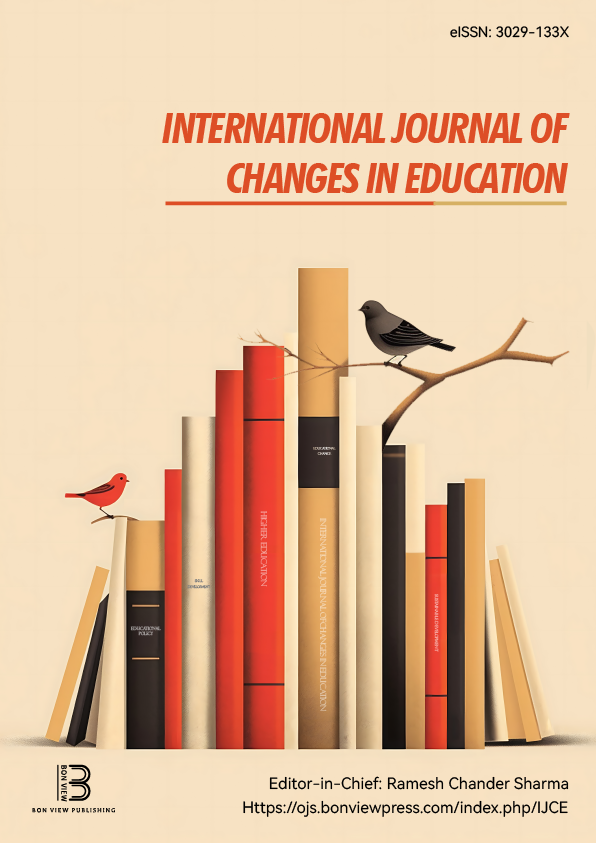Differences in the Physical Properties of Pork Liver Depending On the Preparation Method - The Current State of Pork Liver in Japan and the Development of Educational Materials
Issei Sekino, Toyo University (Japan)
Mika Tsuyukubo, Toyo University (Japan)
Kenichi Goto, Toyo University (Japan)
Abstract
In Japanese school education, incorporating familiar and socially relevant themes can foster students' interest and curiosity. This study focused on pork liver, a food that is often avoided in Japan due to its distinctive odor and texture despite its high iron content. We explored its potential as a teaching material linking science and health education. Given the current situation in which serious iron deficiency is recognized among women in their 20s to 40s[1], we aimed to utilize pork liver in education as a food ingredient that connects daily life with solving social issues. Following Komaba et al. (1999)[2], this study investigated the effects of different pre-processing methods—soaking in water, soaking in milk, soaking in running water, and boiling and draining—on the moisture content and texture of pork liver. Results showed that only the "boiling and draining" method, which involves heating, resulted in a decrease in moisture content and an increase in firmness, revealing that temperature significantly affects the moisture content and physical property changes. From an educational perspective, these results provide cross-disciplinary learning opportunities across science, home economics, mathematics, and other subjects. By having students measure moisture content and physical properties, analyze the numerical data, and repeatedly consider how it relates to preferences, we believe it will be possible to build a teaching material model that connects students to society through food and develops the skills they need to survive in modern society. Ultimately, this research demonstrates that "scientifically exploring familiar ingredients" can be an excellent educational approach. By scientifically examining the relationship between food preparation and physicochemical properties, students can learn how science can contribute to solving social issues and acquire problem-solving skills rooted in real life.
|
Keywords |
Cross-curricular learning, food, exploration |
|
REFERENCES |
[1] Ministry of Health, Labour and Welfare (2023): Overview of the National Health and Nutrition Survey Results [2] Chikako Komaba, Shidu Higasa, Atsuko Takahashi, “Changes in Iron Content and Taste Due to Cooking Pork Liver”,(2000) Journal of the Japan Society of Culinary Science vol.33, no.2, pp.229-235, 2000-05-20 |
 New Perspectives in Science Education
New Perspectives in Science Education





























